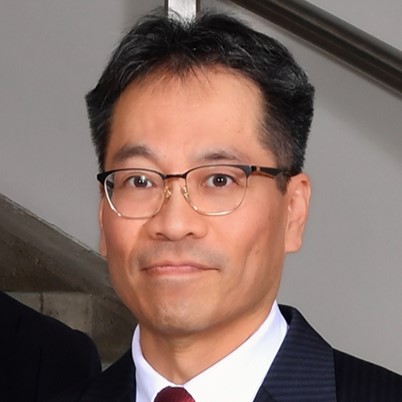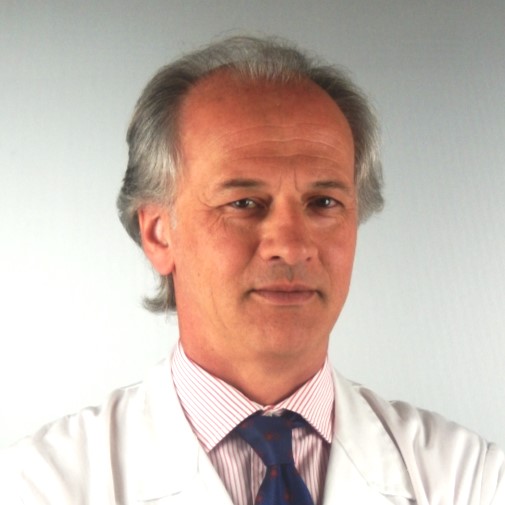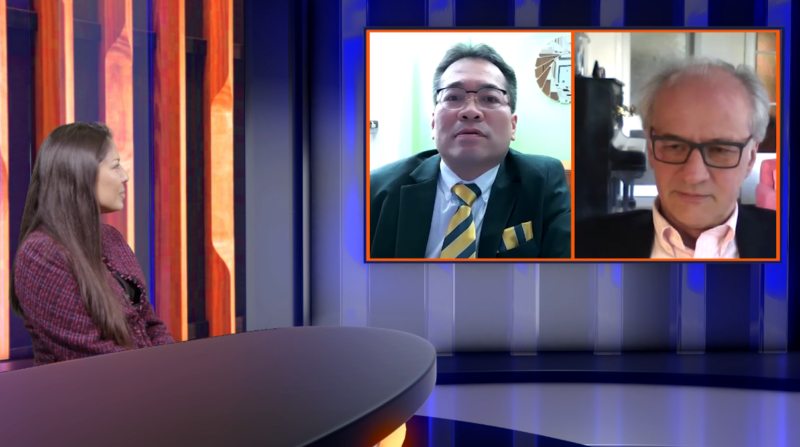Tutorial
These icons indicate there is something to be interacted with. Click it when you see it.
Tutorial
These icons indicate there is something to be interacted with. Click it when you see it.
Tutorial
These icons indicate there is something to be interacted with. Click it when you see it.
touchPANEL DISCUSSION
 A visually engaging discussion designed to emulate a ‘live’ panel experience and provide clinicians with practical expert insights to address their clinical challenges. Useful tips below will show how to navigate the activity.
Close
A visually engaging discussion designed to emulate a ‘live’ panel experience and provide clinicians with practical expert insights to address their clinical challenges. Useful tips below will show how to navigate the activity.
Close
 A visually engaging discussion designed to emulate a ‘live’ panel experience and provide clinicians with practical expert insights to address their clinical challenges. Useful tips below will show how to navigate the activity.
Close
A visually engaging discussion designed to emulate a ‘live’ panel experience and provide clinicians with practical expert insights to address their clinical challenges. Useful tips below will show how to navigate the activity.
Close
Thyroid eye disease: An evolving continuum of care
- Select in the video player controls bar to choose subtitle language. Subtitles available in English, Saudi Arabia, French, German, Italian, Japanese, Portuguese, Spanish.
- Downloads including slides are available for this activity in the Toolkit
Learning Objectives
After watching this activity, participants should be better able to:
- Recognize the pathophysiology of TED and identify those who are most at risk for developing the disease
- Recognize the signs and symptoms of TED and the burden of disease in affected patients
- Describe the process for screening and diagnosing TED
Overview
In this activity, three experts provide their perspectives on the mechanisms underlying thyroid eye disease, risk factors, symptomatology and burden of disease in affected patients, as well as the process for screening and diagnosis. The discussion is guided by pre-canvassed questions provided by healthcare professionals involved in the management of patients with thyroid eye disease.
This activity is jointly provided by USF Health and touchIME. read more
Target Audience
This activity has been designed to meet the educational needs of endocrinologists, ENT specialists, ophthalmologists and oculoplastic surgeons (notably trainees/residents), and primary care practitioners involved in the management of patients with thyroid eye disease.
USF Accreditation
Disclosures
USF Health adheres to the Standards for Integrity and Independence in Accredited Continuing Education. All individuals in a position to influence content have disclosed to USF Health any financial relationship with an ineligible organization. USF Health has reviewed and mitigated all relevant financial relationships related to the content of the activity. The relevant relationships are listed below. All individuals not listed have no relevant financial relationships.
Faculty
Dr Andrea Kossler discloses: Consulting fees from Acelyrin, Amgen, Argenx, Genentech, Immunovant, Kriya, Lassen and Viridian. Grants/research support from Amgen, Kriya, Lassen, Sling and Viridian.
Dr Edsel Ing has no financial interests/relationships or affiliations to disclose in relation to this activity.
Dr Mario Salvi discloses: Advisory board/panel fees from Amgen and IBSA. Consulting fees from Aesara, IBSA, Inmagene, Lycia and Tourmaline. Grants/research support from Immunovant, Roche, Sling and Viridian.
Content reviewer
John Steven Jarstad, MD, FAAO, FRSM-UK has no financial interests/relationships or affiliations in relation to this activity.
Touch Medical Contributors
Christina Mackins-Crabtree has no financial interests/relationships or affiliations in relation to this activity.
Rebecca Franklin discloses: Independent contractor relationship with Fishawack Communications (relationship terminated).
USF Health Office of Continuing Professional Development and touchIME staff have no financial interests/relationships or affiliations in relation to this activity.
Requirements for Successful Completion
In order to receive credit for this activity, participants must review the content and complete the post-test and evaluation form. Statements of credit are awarded upon successful completion of the post-test and evaluation form.
If you have questions regarding credit please contact cpdsupport@usf.edu
Accreditations
Physicians
This activity has been planned and implemented in accordance with the accreditation requirements and policies of the Accreditation Council for Continuing Medical Education (ACCME) through a joint providership of USF Health and touchIME. USF Health is accredited by the ACCME to provide continuing medical education for physicians.
USF Health designates this enduring material for a maximum of 0.75 AMA PRA Category 1 CreditTM. Physicians should claim only the credit commensurate with the extent of their participation in the activity.
Advanced Practice Providers
Physician Assistants may claim a maximum of 0.75 Category 1 credits for completing this activity. NCCPA accepts AMA PRA Category 1 CreditTM from organizations accredited by ACCME or a recognized state medical society.
The AANPCP accepts certificates of participation for educational activities approved for AMA PRA Category 1 CreditTM by ACCME-accredited providers. APRNs who participate will receive a certificate of completion commensurate with the extent of their participation.
Date of original release: 8 August 2024. Date credits expire: 8 August 2025.
If you have any questions regarding credit, please contact cpdsupport@usf.edu
EBAC® Accreditation
touchIME is an EBAC® accredited provider since 2023.
This programme is accredited by the European Board for Accreditation of Continuing Education for Health Professionals (EBAC®) for 0.75 hours of effective education time.
The Accreditation Council for Continuing Medical Education (ACCME®), and the Royal College of Physicians and Surgeons of Canada hold an agreement on mutual recognition on substantive equivalency of accreditation systems with EBAC®.
Through an agreement between the European Board for Accreditation of Continuing Education for Health Professionals and the American Medical Association (AMA), physicians may convert EBAC® CE credits to AMA PRA Category 1 CreditsTM. Information on the process to convert EBAC® credit to AMA credit can be found on the AMA website. Other healthcare professionals may obtain from the AMA a certificate of having participated in an activity eligible for conversion of credit to AMA PRA Category 1 CreditTM.
Faculty Disclosure Statement / Conflict of Interest Policy
In compliance with EBAC® guidelines, all speakers/ chairpersons participating in this programme have disclosed or indicated potential conflicts of interest which might cause a bias in the presentations. The Organizing Committee/Course Director is responsible for ensuring that all potential conflicts of interest relevant to the event have been mitigated and declared to the audience prior to the CME activities.
Requirements for Successful Completion
Certificates of Completion may be awarded upon successful completion of the post-test and evaluation form. If you have completed one hour or more of effective education through EBAC® accredited CE activities, please contact us at accreditation@touchime.org to receive your EBAC® CE credit certificate. EBAC® grants 1 CE credit for every hour of education completed.
Date of original release: 8 August 2024. Date credits expire: 8 August 2026.
Time to complete: 37 minutes
If you have any questions regarding the EBAC® credits, please contact accreditation@touchime.org
To obtain the CE/CME credit(s) from this activity, please complete this post-activity test.
Claim Credit- Select in the video player controls bar to choose subtitle language. Subtitles available in English, Saudi Arabia, French, German, Italian, Japanese, Portuguese, Spanish.
- Downloads including slides are available for this activity in the Toolkit
You may also be interested in...

REGISTER NOW FOR FREE ACCESS TO
- 1000+ topical and insightful peer-reviewed journal articles
- 100+ hours of bite-sized congress highlights
- 10 major therapy areas packed with the latest scientific advances
- 150+ specialties offering learn-on-the-go medical education
- + Concise email updates and newsletters so you never miss out

Log into your Touch Account
Earn and track your CME credits on the go, save articles for later, and follow the latest congress coverage.
Sign up with an Email
Or use a .
This Functionality is for
Members Only
Explore the latest in medical education and stay current in your field. Create a free account to track your learning.





















